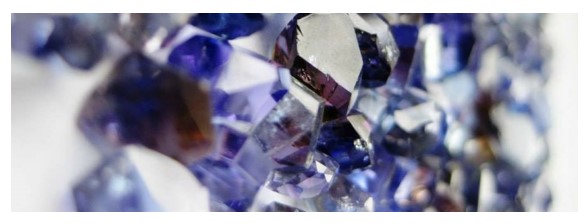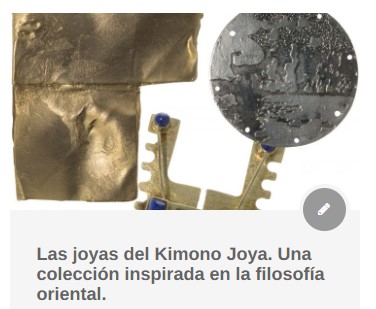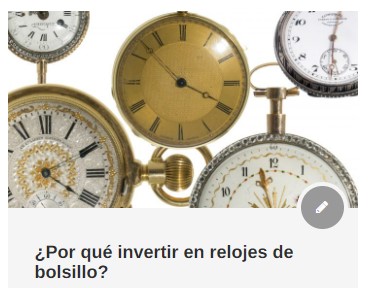Is tanzanite a good investment?

Auction December 27th
Tanzanite is a gemstone with unique hues and beauty; rare, mysterious, and therefore highly valued, especially in the highest quality.
Discovered in the Mererani Hills in the Manyara Region of northern Tanzania in 1967, near the city of Arusha and Kilimanjaro.
Tanzanite is the blue/purple variety of the mineral zoisite. All the tanzanites undergo a heating treatment in a furnace, at a temperature between 550 °C and 700 °C, to give them shades between violet blue and bluish violet.
Although its gemological characteristics are inferior to those of diamond, it is much scarcer. It has been gaining popularity among jewelers and collectors for its exclusivity, since the only existing deposit is located in Tanzania and occupies only about 20 square kilometers.
Since its discovery, its price has increased exponentially. The supply of this stone fluctuates, because its only source is being frantically exploited to meet an ever-increasing demand.
The famous New York jewelers, Tiffany & Co, attributed its name to him after registering him as their main distributor. He launched a major marketing campaign declaring tanzanite as “the most beautiful blue stone discovered in over 2,000 years”, proudly stating that tanzanite could only be found in two places in the world “in Tanzania and at Tiffany’s.”

Heralded as “the gemstone of the 20th century”, the conditions that gave rise to its origin are so specific that gemologists have completely ruled out the possibility of finding another tanzanite deposit anywhere on the planet.
Linda Kennedy, a gemologist with Richland Resources, agrees with this forecast. “The chances of the natural factors that originally occurred to conceive tanzanite occurring again are less than one in a million; it’s like winning a geological lottery,” Kennedy says, explaining why it is unlikely that an alternative source will ever be discovered.
Due to this unique process, the tanzanite mines are expected to be depleted in about ten to twenty years. Consequently, it is becoming an increasingly scarce stone, especially in the most desirable grade, which accounts for less than 1% of total production.
Setdart will have at its disposal, in the next auction on December 27, a varied collection of pieces with tanzanites of excellent quality, most of them certified by The Tanzanite Laboratory.
We encourage you to invest in “the precious stone of the 20th century”.





